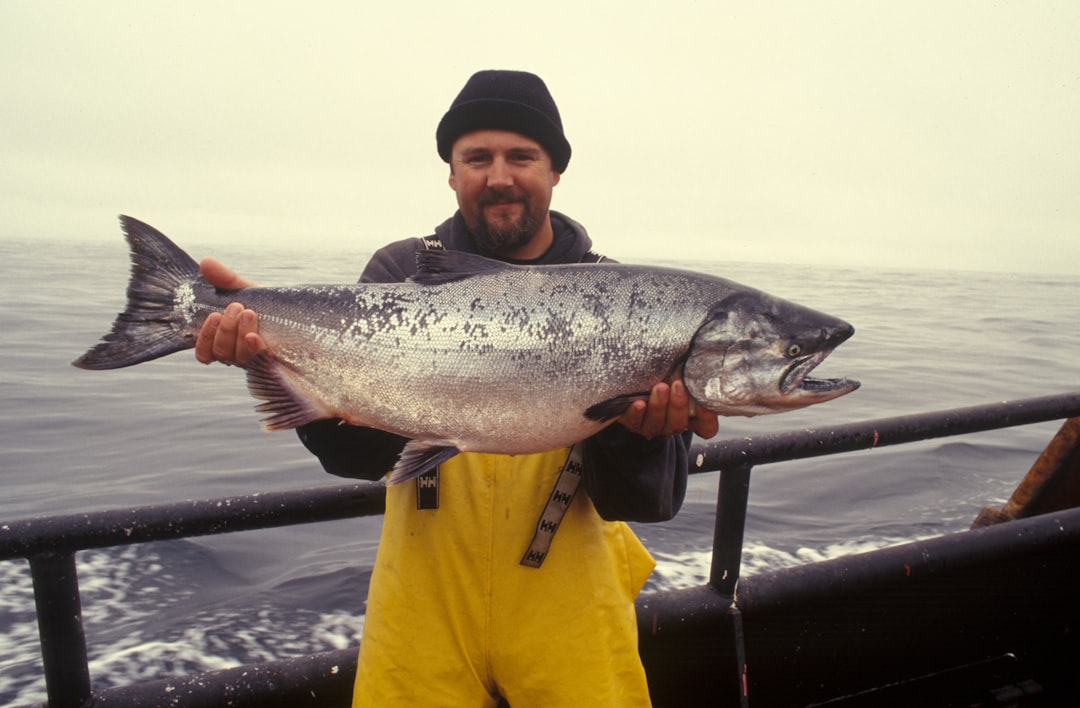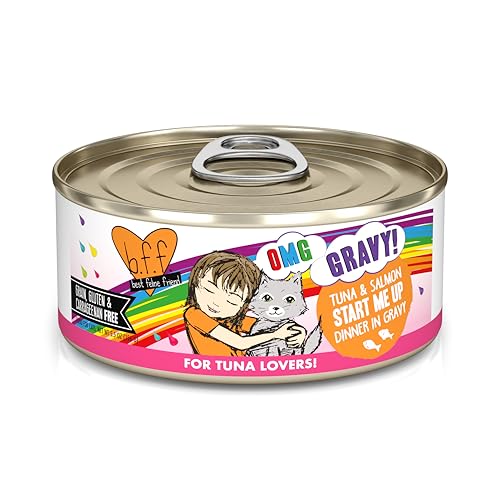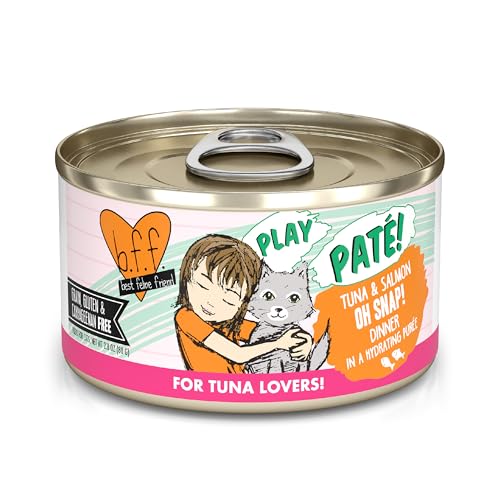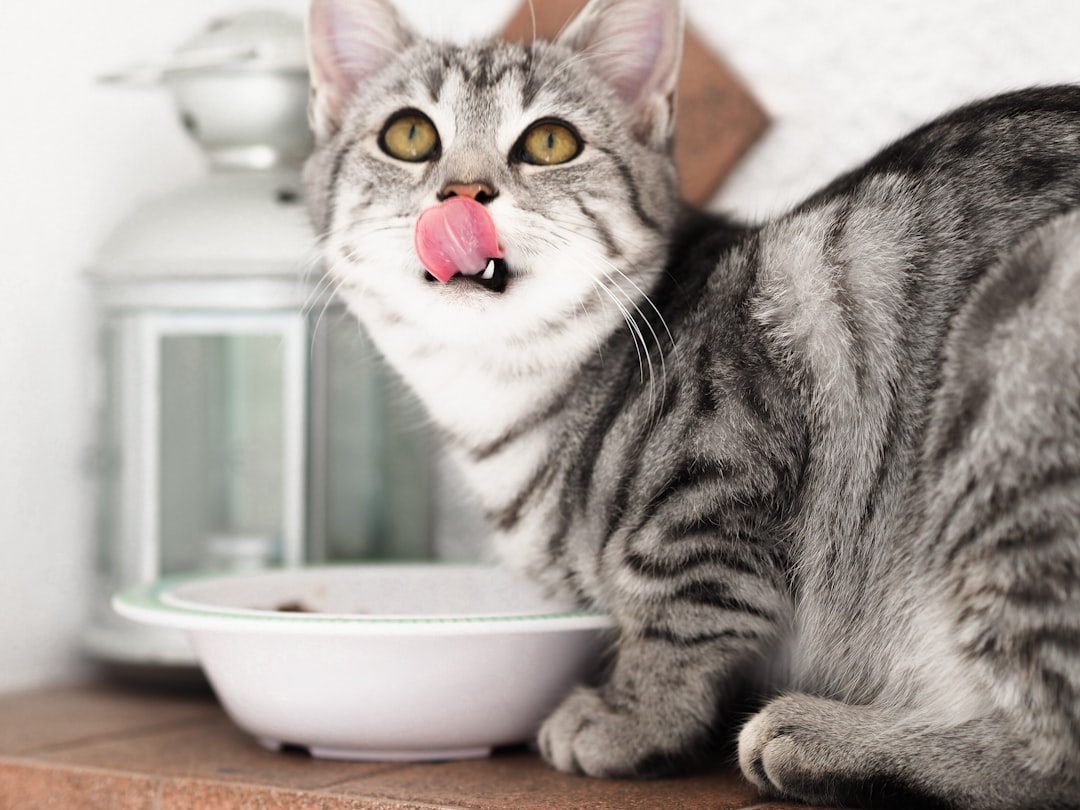Are you wondering if it’s safe to feed your cat canned salmon, or if it’s even nutritious for them? As a cat owner, it’s understandable to be cautious about what you feed your furry friend. Canned salmon can be a great addition to a cat’s diet, but not all types of salmon are created equal. In this article, we’ll explore the benefits and risks of feeding canned salmon to cats, along with recommendations on portions and how to introduce it to your feline friend. Read on to discover if canned salmon is a good option for your cat’s diet!

Benefits of canned salmon for cats
Cats are obligate carnivores, which means they require a diet focused primarily on animal protein. Canned salmon can provide an excellent source of protein, healthy fats, and nutrients for felines. Here are some benefits of feeding canned salmon to cats:
High in protein: Canned salmon is an excellent source of protein, which is essential for your cat’s development and maintenance of muscles, organs, hair, and nails.
Omega-3 Fatty Acids: Canned salmon is rich in omega-3 fatty acids, which can benefit your cat’s skin, coat, and joints. These healthy fats also have anti-inflammatory properties that can help reduce inflammation associated with arthritis and other inflammatory conditions.
Vitamin D: Canned salmon is an excellent source of vitamin D, which is needed for strong bones and teeth. This nutrient also supports immune function, aiding in preventing infections and diseases.
Low in carbohydrates: Many canned cat foods contain large amounts of carbohydrates, which are not required for a feline’s diet and can cause weight gain and health issues. Canned salmon, on the other hand, is low in carbohydrates and a healthier option for cats.
Affordable: Compared to other sources of animal protein, canned salmon is affordable and accessible.
Overall, canned salmon is a nutritious and healthy cat food option that provides a range of benefits. However, it’s essential to ensure that you’re choosing a high-quality canned salmon brand, avoiding varieties that contain added preservatives or other harmful ingredients.
Some cat-friendly salmon brands include Wild Alaskan Salmon, Weruva, and Fromm. It’s also important to note that canned salmon should not be the only source of food for your cat and should be fed in moderation as part of a balanced diet. As with any new food addition, you should gradually introduce canned salmon to your cat and monitor their reaction to ensure they don’t have any digestive issues.
Overall, with proper portions and attention to nutrition, canned salmon can be a healthy and tasty addition to your cat’s diet.
Nutritional value of canned salmon for cats
Canned salmon is a great source of nutrition for cats, especially those who need a protein-rich diet. This fish is loaded with essential vitamins and minerals that can help support a cat’s overall health and well-being. Here are some of the most important nutrients in canned salmon:
Protein: Canned salmon is a great source of protein, which is essential for a cat’s growth, repair, and maintenance of body tissues. Cats are obligate carnivores, which means they need a diet that is high in protein, and canned salmon is an excellent source of it.
Omega-3 fatty acids: Canned salmon is rich in omega-3 fatty acids, which can provide numerous benefits for cats. These essential fatty acids can help reduce inflammation, support skin and coat health, boost heart health, and improve brain function.
Vitamins: Canned salmon is rich in vitamins B12, D, and E, which can provide numerous benefits for cats. Vitamin B12 is essential for the formation of red blood cells and nerve function, while vitamin D is essential for bone health and immune function, and vitamin E is an antioxidant that can help reduce the risk of disease.
Minerals: Canned salmon is also rich in minerals such as calcium, magnesium, and phosphorus, which are essential for a healthy skeletal system. These minerals can also help support heart health, aid in digestion, and promote healthy skin and coat.
It’s important to note that not all canned salmon is created equal, and some brands may have more nutritional value than others. It’s always a good idea to read the label carefully and choose a high-quality brand that is free from additives and preservatives.
Overall, canned salmon can be an excellent addition to a cat’s diet, but it should not be used as the sole source of nutrition. It’s best to consult with a veterinarian before making any changes to a cat’s diet, especially if they have any underlying health conditions.
Is canned salmon safe for cats?
Canned salmon is a popular human food and can be a tempting treat for our feline friends. But is it safe for cats to eat? The answer is yes, as long as it is given in moderation and with some precautions.
Benefits of canned salmon for cats
Cats are obligate carnivores, which means they require a high protein diet to meet their nutritional needs. Canned salmon is a great source of protein and healthy fats that can benefit their overall health. Here are some benefits of feeding canned salmon to cats:
Promotes skin and coat health: Canned salmon is rich in omega-3 fatty acids, which are essential for healthy skin and coat. It can help prevent dryness, itching, and other skin problems in cats.
Aids in digestion: Canned salmon contains high amounts of vitamin B12 and vitamin D, which can help improve digestion and promote better absorption of nutrients.
Weight management: Canned salmon is a good option for cats on a weight management diet because it is low in calories and high in protein.
Supports urinary tract health: The amino acid taurine, which is present in canned salmon, can help prevent urinary tract infections and improve overall urinary health in cats.
Nutritional value of canned salmon for cats
Canned salmon is a good source of protein, omega-3 fatty acids, and other essential nutrients that cats need in their diet. Here is a breakdown of the nutritional value of canned salmon per 100 grams:
- Protein: 24 grams
- Fat: 13 grams
- Calcium: 45 mg
- Phosphorus: 232 mg
- Magnesium: 27 mg
- Potassium: 328 mg
- Sodium: 339 mg
Is canned salmon safe for cats?
Yes, canned salmon is safe for cats to eat as long as it is given in moderation and precautions are taken to avoid potential risks. Here are some things to keep in mind:
Bones: Some canned salmon contains bones, which can be a choking hazard for cats and may cause gastrointestinal problems. Make sure to remove all bones before feeding it to your cat.
Salt: Canned salmon can be high in sodium, which can be harmful to cats with certain medical conditions. Consult your veterinarian before feeding it to your cat if they have any health issues.
Flavorings: Some canned salmon is packed with seasonings and flavorings that can be harmful to cats. Look for plain canned salmon without any added spices or oils.
Feeding recommendations and portion sizes
Cats should only be given a small amount of canned salmon as a treat, and not as a meal replacement. A general guideline is to offer around 1 teaspoon of canned salmon per day for every 2.2 pounds of body weight. However, this may vary depending on your cat’s age, weight, and activity level. Always consult with your veterinarian to determine the appropriate amount for your cat.
Different types of canned salmon for cats
When buying canned salmon for your cat, look for plain, unseasoned varieties packed in water or oil that are free from bones. Some cat-friendly brands include Wild Planet, Safe Catch, and Crown Prince. Make sure to read the labels carefully and avoid any with added spices, flavors, or preservatives.
How to introduce canned salmon to your cat
Introduce canned salmon to your cat slowly, mixing a small amount with their regular food to avoid any gastrointestinal upset or appetite loss. Watch for any signs of food allergies or intolerance, such as vomiting, diarrhea, or itching.
In conclusion, canned salmon can be a healthy and nutritious treat for your feline friend when given in moderation and with precautions. Always consult with your veterinarian before introducing new foods to your cat’s diet.
Feeding recommendations and portion sizes
When it comes to feeding canned salmon to cats, it’s important to keep portion sizes in mind. While canned salmon does offer numerous health benefits for cats, overfeeding your feline friend can lead to health issues such as weight gain and digestive problems.
As a general rule of thumb, veterinarians recommend feeding cats no more than one teaspoon of canned salmon per day for every 10 pounds of body weight. This means that a 10-pound cat should receive no more than one teaspoon of canned salmon per day, while a 20-pound cat should receive no more than two teaspoons per day.
It’s important to note that canned salmon should not be the only food source in your cat’s diet. This is because canned salmon does not contain all of the essential vitamins and minerals that cats need to thrive. Instead, try incorporating a small amount of canned salmon into your cat’s regular meals as a treat.
When introducing canned salmon into your cat’s diet, start by offering a small amount and gradually increasing the portion size over time. This will give your cat’s digestive system time to adjust and will reduce the risk of digestive upset.
It’s also important to choose high-quality canned salmon that is free from any artificial colors, flavors, or preservatives. Look for brands that use wild-caught salmon and that do not contain any added sodium or other seasonings.
Overall, as long as you keep portion sizes in mind and choose high-quality canned salmon, feeding your cat this nutritious fish can be a great addition to their diet.
Different types of canned salmon for cats
When it comes to choosing canned salmon for your cat, there are a few things to consider. Here are some of the different types of canned salmon to consider for your furry friend:
Wild-caught vs. Farmed Salmon: Wild-caught salmon is generally a better choice because it’s less likely to contain harmful chemicals and has a higher quality of nutrients. Farmed salmon, on the other hand, is often raised in overcrowded conditions and fed an unnatural diet that can lead to health problems.
Bone-in vs. Deboned: Some types of canned salmon contain bones, while others do not. Bone-in salmon can provide valuable calcium to your cat’s diet, but be sure to mash or grind the bones before feeding it to your cat to prevent choking hazards.
Flavored vs. Unflavored: Some canned salmon comes in flavors like lemon or dill, which can be a tasty addition to your cat’s diet. However, be sure to check the ingredient list for any added sugars or artificial flavors that could be harmful to your cat.
Wet vs. Dry: Wet canned salmon is a great source of moisture for cats, which can help prevent dehydration and promote healthy digestion. Dry salmon can be a convenient treat for your cat, but make sure to only feed in moderation and alongside a balanced diet.
High-Quality Brands: Look for canned salmon from reputable brands that focus on using high-quality ingredients and safe production practices. Avoid brands that have a history of recalls or poor safety records.
Overall, canned salmon can be a nutritious addition to your feline friend’s diet, as long as you choose the right type and feed it in moderation. Consult with your veterinarian to determine the appropriate amount and frequency of canned salmon for your cat’s individual needs.
List of Different Types of Canned Salmon for Cats:
- Wild-caught vs. Farmed Salmon
- Bone-in vs. Deboned
- Flavored vs. Unflavored
- Wet vs. Dry
- High-Quality Brands
How to introduce canned salmon to your cat
Introducing a new food to your cat’s diet can be a delicate process, especially when it comes to canned salmon. Here are some tips on how to introduce canned salmon to your feline friend:
Gradual introduction: Start by mixing a small amount of canned salmon with your cat’s regular food. Increase the amount gradually over the course of a week.
Monitor your cat’s reaction: Keep an eye on your cat’s behavior and overall well-being during the introduction process. If your cat shows signs of discomfort or digestive issues, consult your veterinarian.
Quality matters: Choose a high-quality canned salmon brand that is free of additives and preservatives. Look for a brand that specifies it is safe and healthy for cats.
Watch the portion sizes: While canned salmon can be a tasty treat for your cat, keep in mind that it should not make up a large portion of their diet. Stick to recommended portion sizes and don’t overdo it.
Cater to your cat’s preferences: Some cats may not like the taste or texture of canned salmon, so don’t be discouraged if your cat doesn’t take to it right away. You can try mixing it with other types of cat food or treat options to entice your cat.
When introducing a new food to your cat, remember to be patient and observe your cat’s reactions. With the right approach, canned salmon can be a nutritious and tasty addition to your cat’s diet.


















